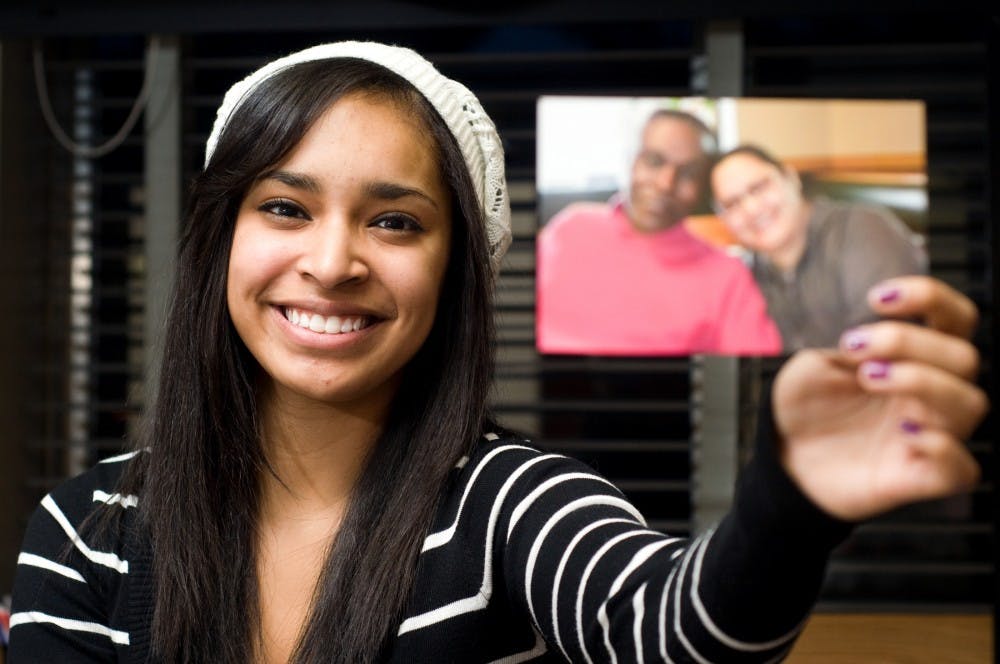They call her “blackbean” – half black, half Mexican.
It’s a nickname embraced by Lynette Davidson, a political theory and constitutional democracy and communication sophomore and one of the 710 students at MSU who identifies with two or more races. Davidson’s mother is Mexican, her father is black.
Davidson is part of a growing number of college students who identify as biracial or multiracial.
MSU did not offer two or more races as a choice for students on university documents until fall 2010, so it is unknown how this number has changed during the past several years. However, the number of people in the U.S. who identify with two or more races is growing. Data from the U.S. Census shows between 2004-09, 838,000 babies were born with two or more races, an increase of more than 100,000 from the number born between 2000-04, which also increased from the five-year period prior.
Davidson said she does not fully feel like she belongs in black or Mexican student organizations.
“I never really identify with either of them,” Davidson said. “I grew up in a predominately white area.”
Students such as Davidson are not alone, but they do not represent the feeling of all multiracial students.
Dietetics junior Skye Jones, an aide for the Office of Cultural and Academic Transitions, or OCAT, said she has dealt with multiracial students who are comfortable with their identity and others who have found difficulty reaching out and fitting in.
“You take on that background as your own and when you come to college you can branch out,” Jones said. “Others have experiences where students don’t really know what to do.”
Kristen Renn is an associate professor of higher, adult and lifelong education who has written a book about multiracial college students. Renn said not all racial groups are open to multiracial members, and a person’s acceptance and comfort level within a group is based on multiple things.
“Sometimes it has to do (with) a way a student looks,” Renn said. “(For example) it looks to the outside world that they are Asian, but they might have grown up in a household that didn’t celebrate a lot of Asian holidays or have a lot of Asian food. (They) come to campus and find themselves outside (Asian) student culture.”
Child development senior Linda Rau had a similar experience. Born in Taiwan, Rau is part white and part Asian. Rau said she feels accepted by both cultures, but doesn’t fit perfectly into either. Instead, she sees herself as a “third” culture, a unique mix in between.
“I do feel like I fit into both,” Rau said. “At the same time, I don’t feel like I fit completely into either one.”
Rau said she also identifies with other multiracial students, even if they are not Asian or white, because of similar experiences being from two cultures.
OCAT has worked with multiracial students in the past to start student organizations and organize conferences that “focus on the multiracial experience,” said Maggie Chen Hernandez, OCAT’s associate director.
Renn said more multiracial students on campus might not make a tangible impact, but could improve understanding if more students knew someone who was multiracial.
Jones said having more multiracial students could bring together student groups based on a single race.
“Instead of breaking everyone apart, I think it would make it easier for those groups to come together,” Skye said.
Support student media!
Please consider donating to The State News and help fund the future of journalism.
Discussion
Share and discuss “US, MSU see increase in multiracial students” on social media.





